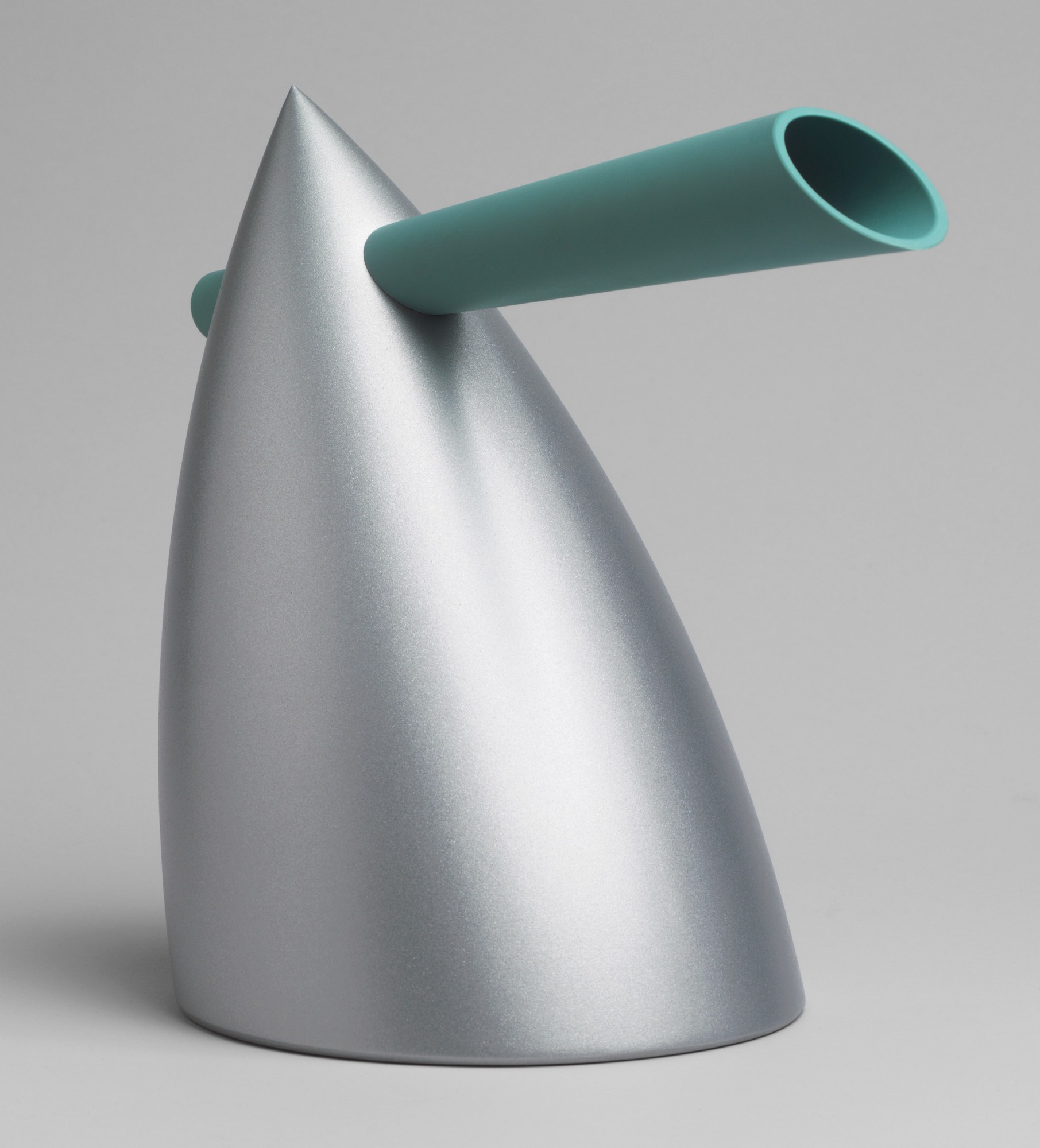How to do a design analysis
Based on the information you've gathered from your research and organised in your note-taking template, you will start the very personal and interesting part of the task: the analysis.
Looking at your design image, and knowing what you do about the social, cultural, and economic/political background, analyse the use of the two elements and principles in your design example.
The skills of analysis are investigations made by exercising actions into or about a topic. The actions include these terms:
- Identify (say or list contents)
- Describe (relate the characteristics of the contents using adjectives)
- Discuss eg.discuss how this product addressed influence
- Explain (link, provide reasons how, why)
- Evaluate (assess its functionality and aesthetic success)
Try to:
- Identify dominant design elements and explain how they contribute to the aesthetics of ….
- Explain how factors have influenced the design of your visual example.
- Explain how and why the designers made the choices they did. Give reasons for the choices designers made in response to influences.
- Evaluate: Assess its functionality and aesthetic success
- Assess the design’s success against it aims in terms or functionality, aesthetic goals and/or its social, historical, environmental or technological context.
- When asked to evaluate you must give your opinion. But, here is the catch, it must be justified with evidence when given. Therefore, assess the design against criteria
How to do a design analysis
Example:

The Hot Bertaa was designed at the end of the 1980s. The Eighties is known for huge economic growth that underpinned an increasing interest in flamboyant designs that could also be seen as ‘fine art’. It may have been influenced by economic prosperity and the climate of Postmodernity that influenced the prolific market of design objects. The Hot Bertaa is a perfect response to the hedonistic influences of this period as it places its emphasis on aesthetics over function. It is an icon of wealth, of having sufficient income to buy an expensive product, though in reality is inferior to one purchased at Kmart. It is a kettle for a snob. It is also shaped by advances in contemporary manufacturing techniques. Although plastic and aluminium are common materials in appliances, the marriage in this instance is sophisticated and requires advanced techniques relating to tolerances and heat expansion. It is an elaborate exercise in design exclusivity and manufacturing prowess. It is the Ferrari of Kettles. Stark designed this piece to define his ability as a designer of heart stopping icons that would announce his arrival as an international force. For that, it was a huge and widely collected success.